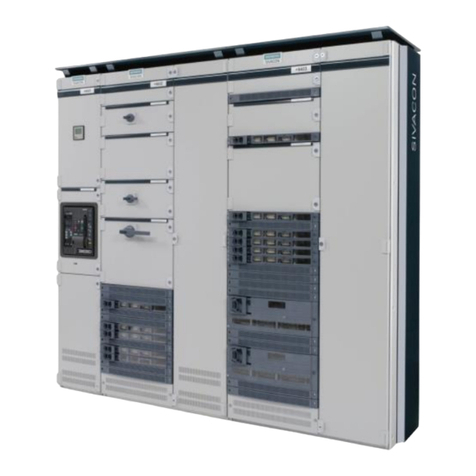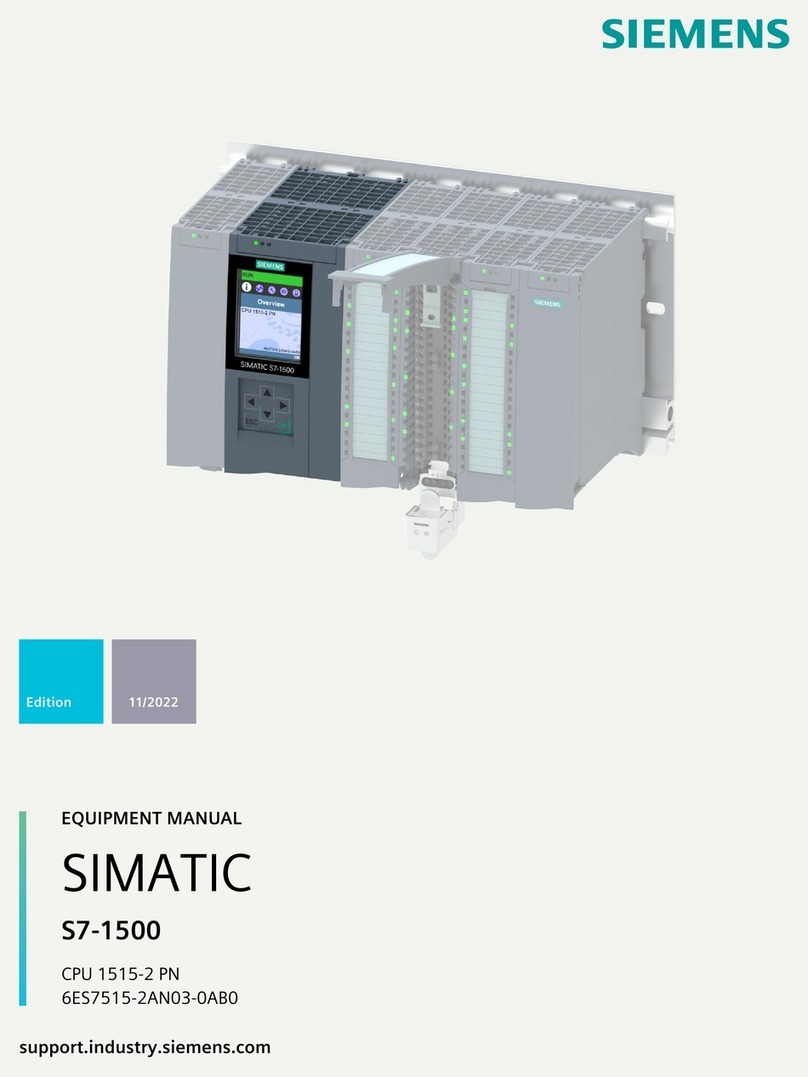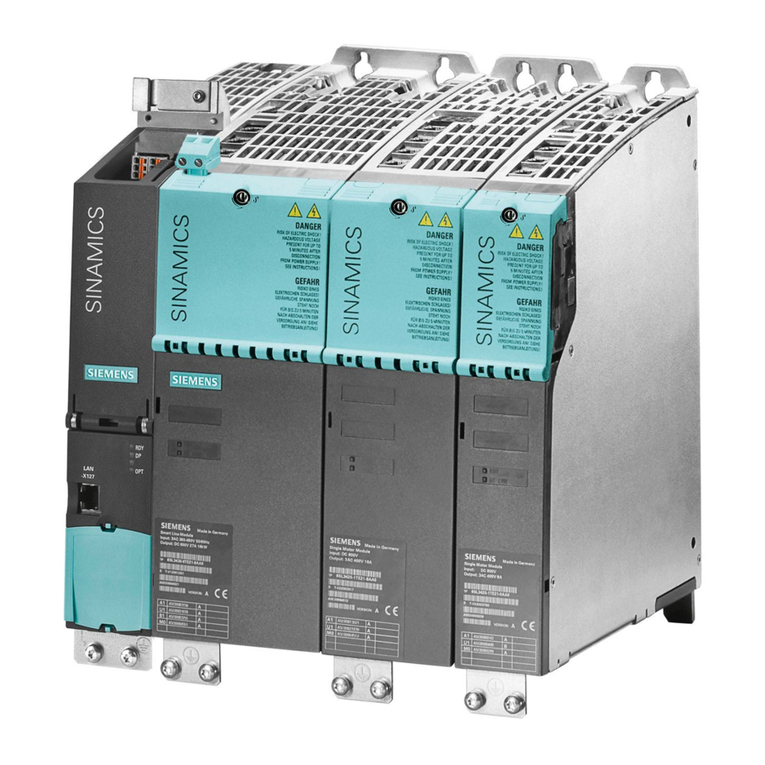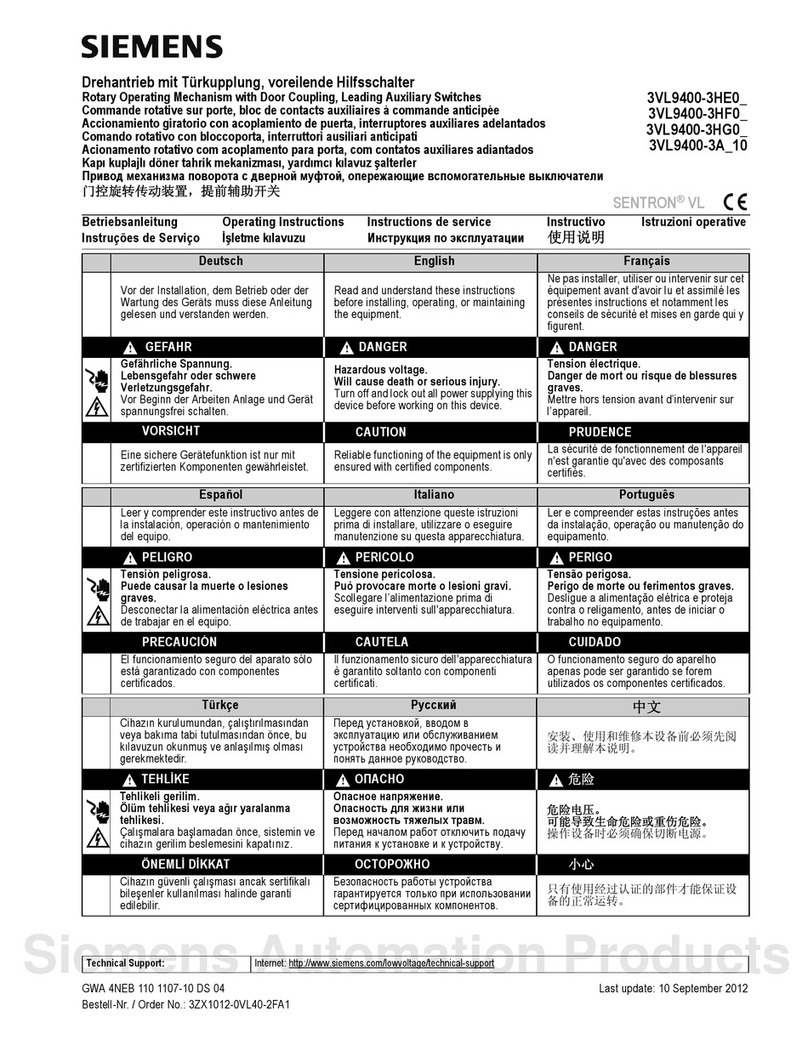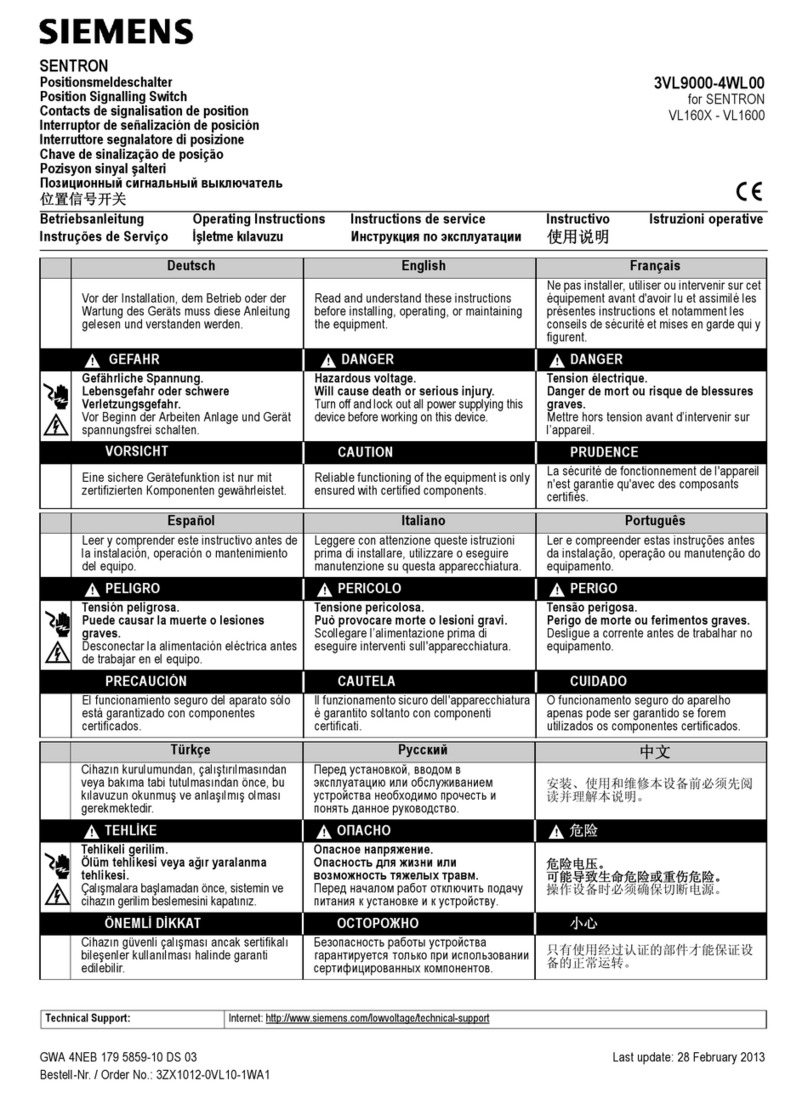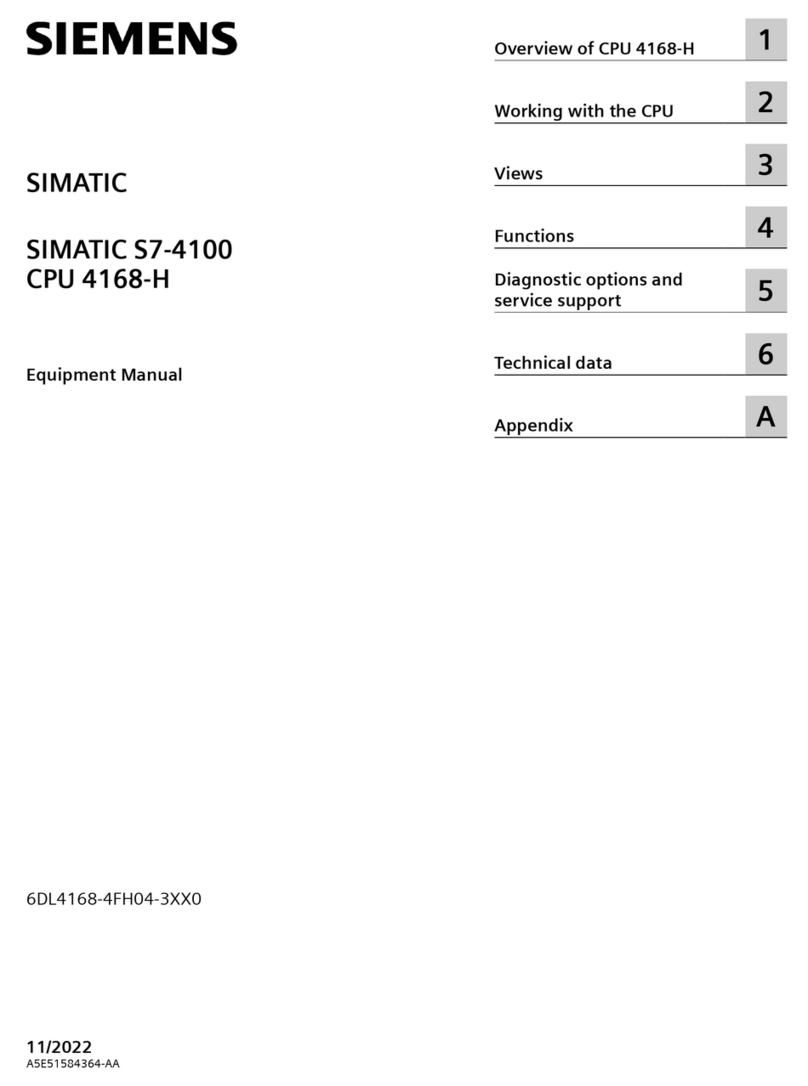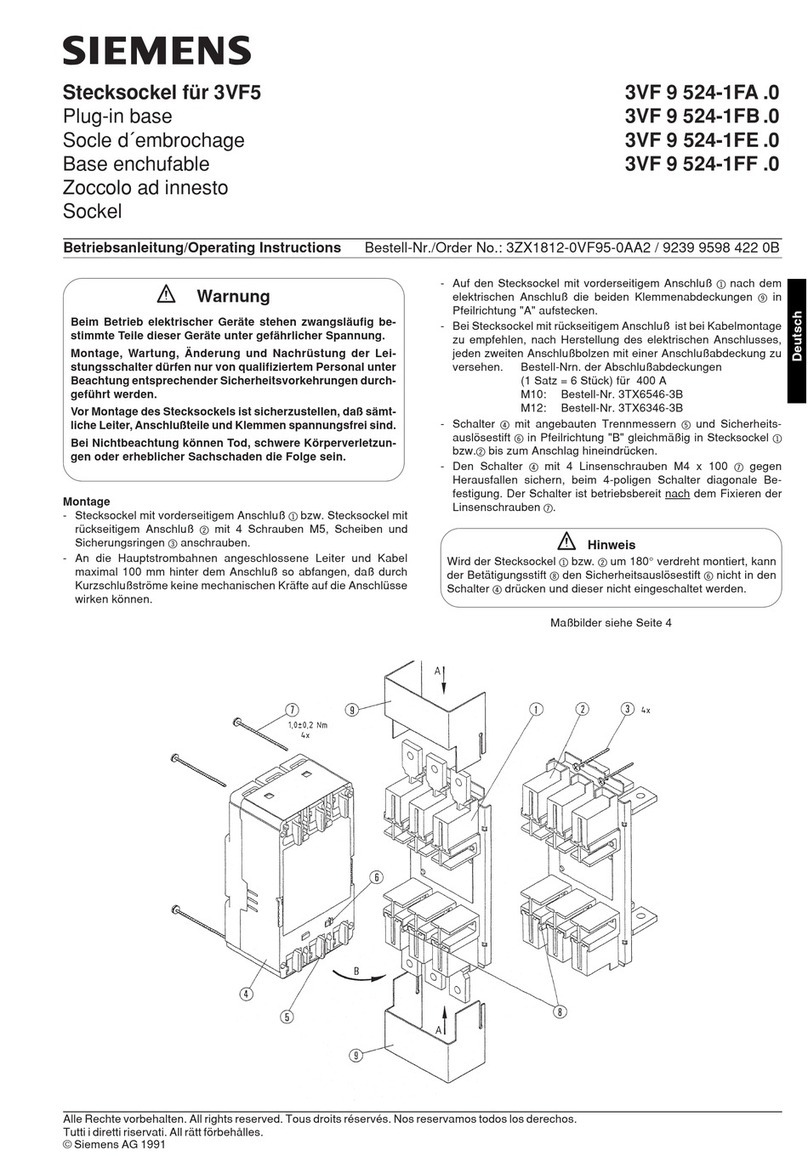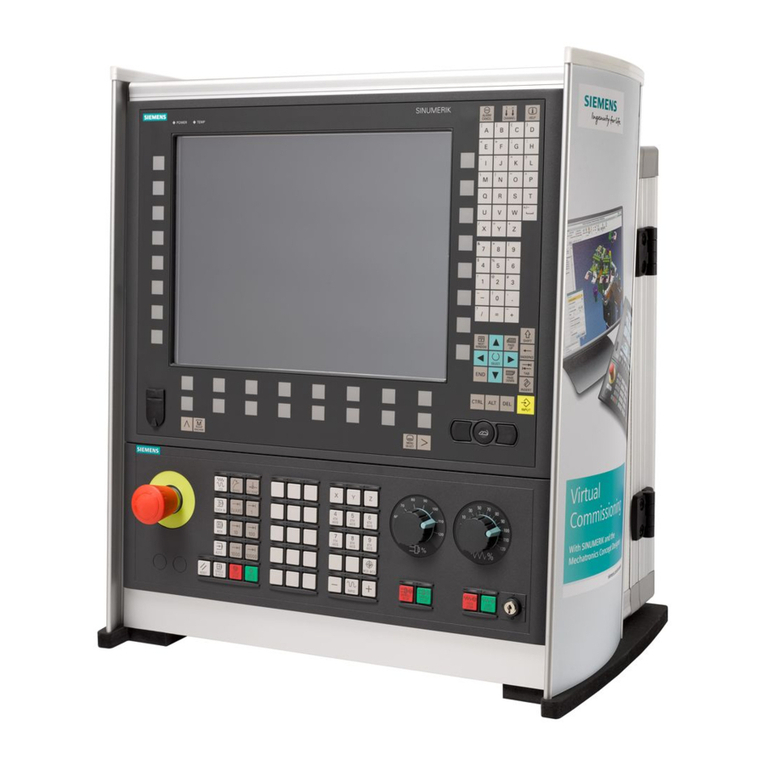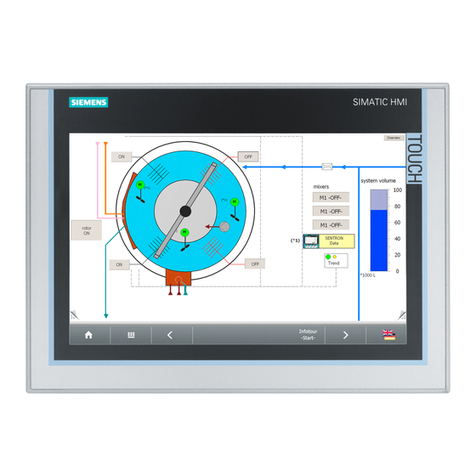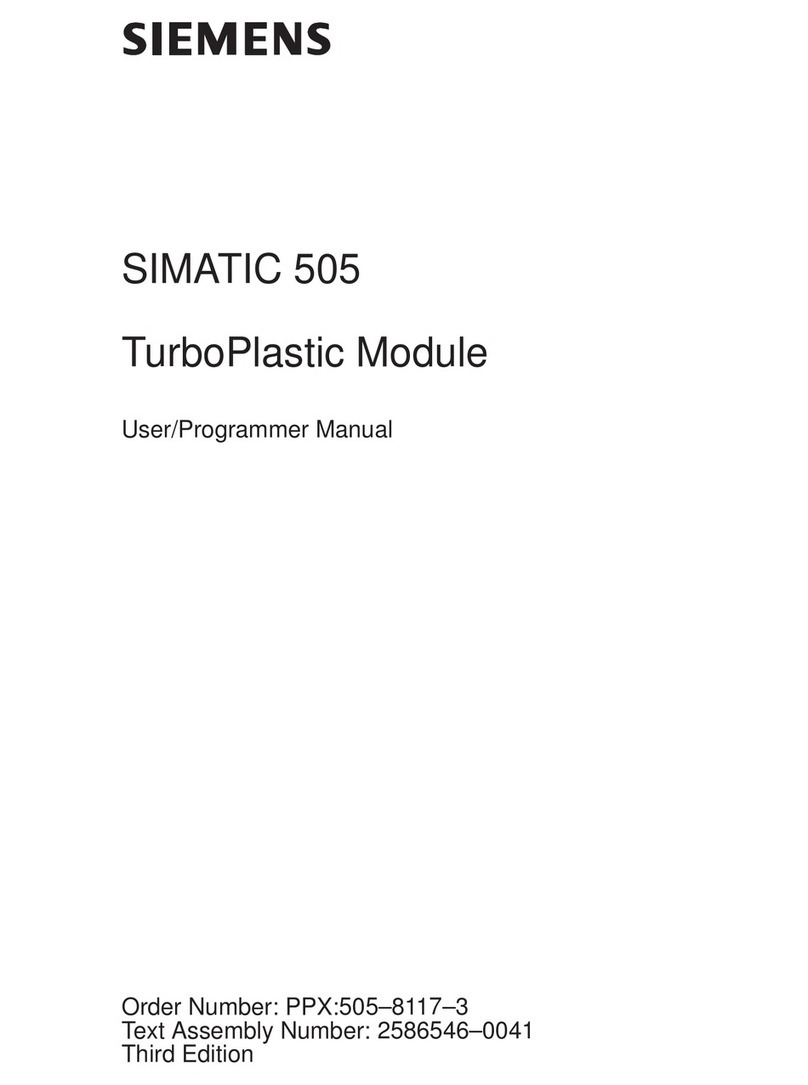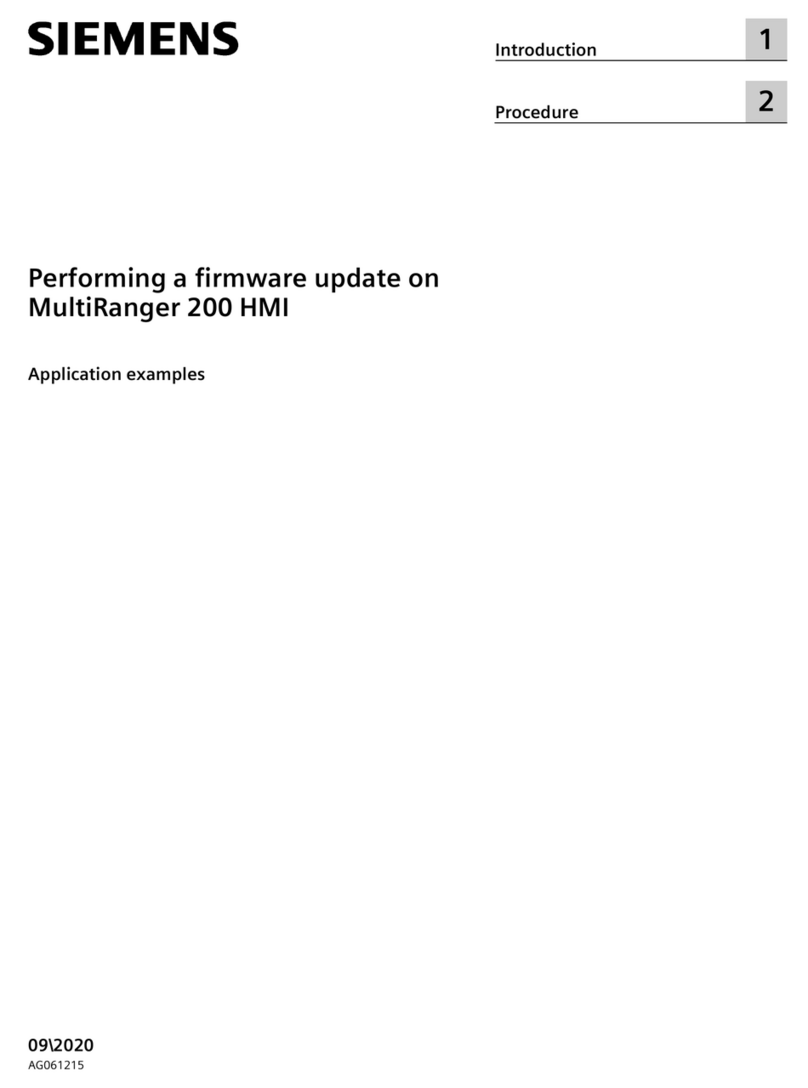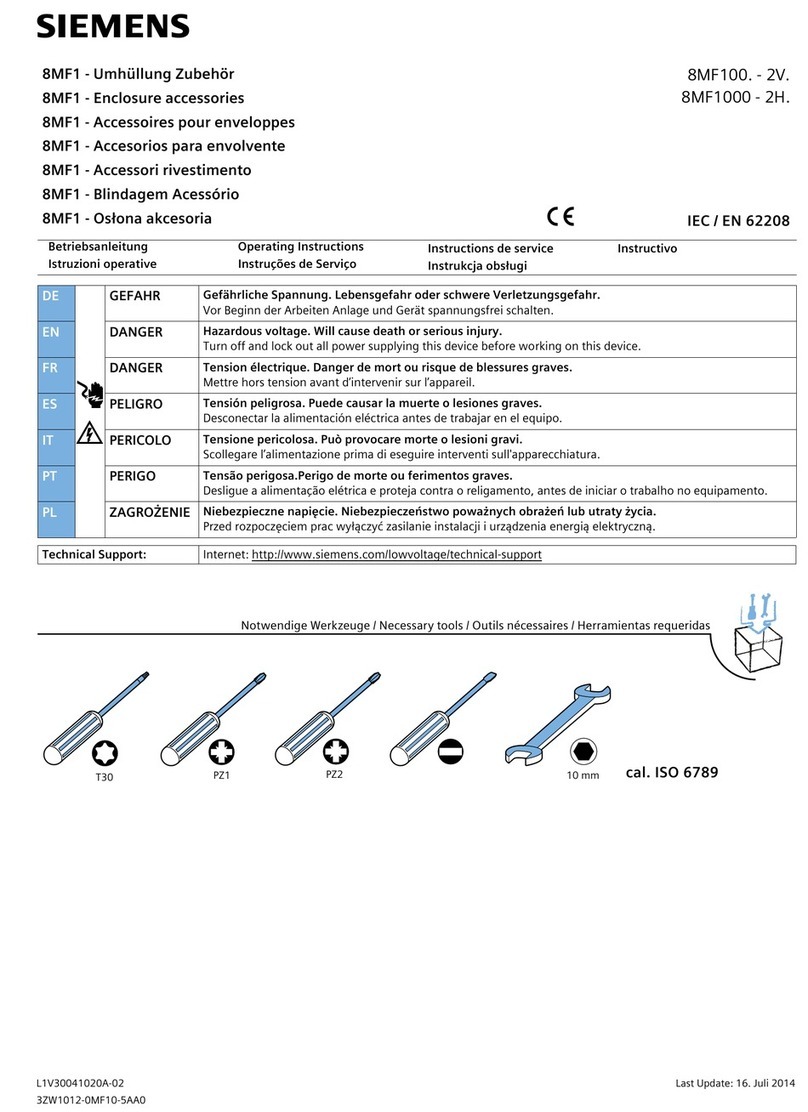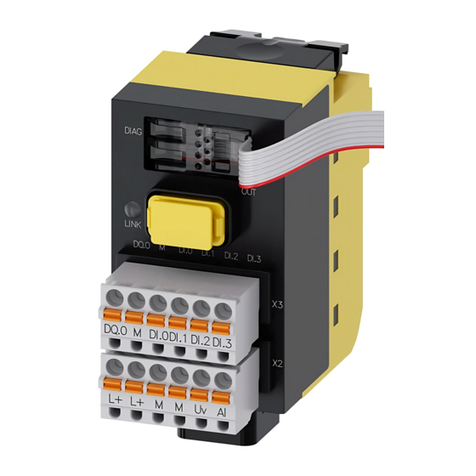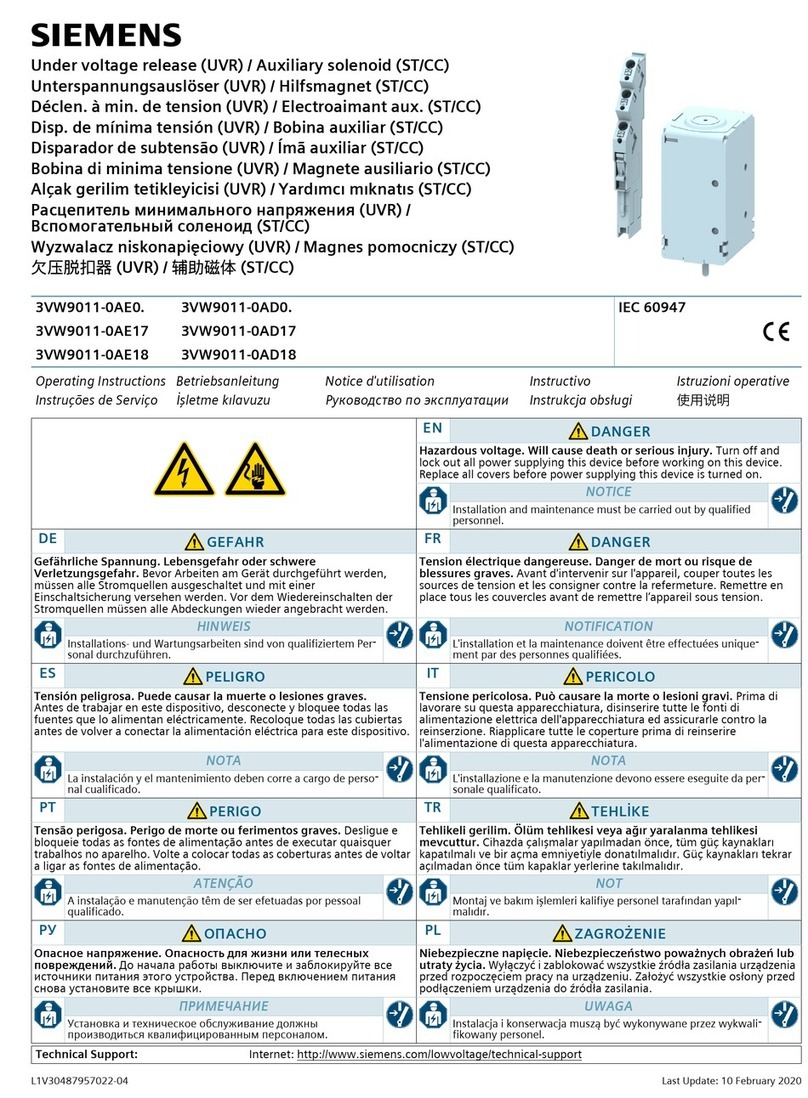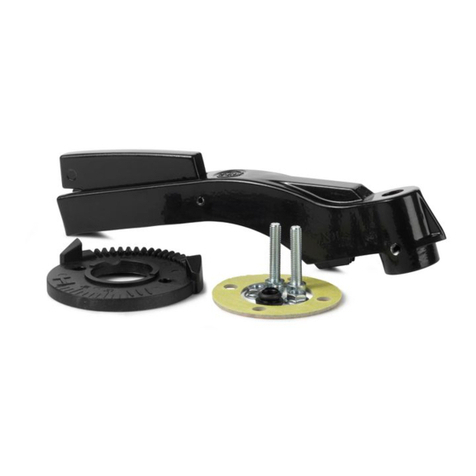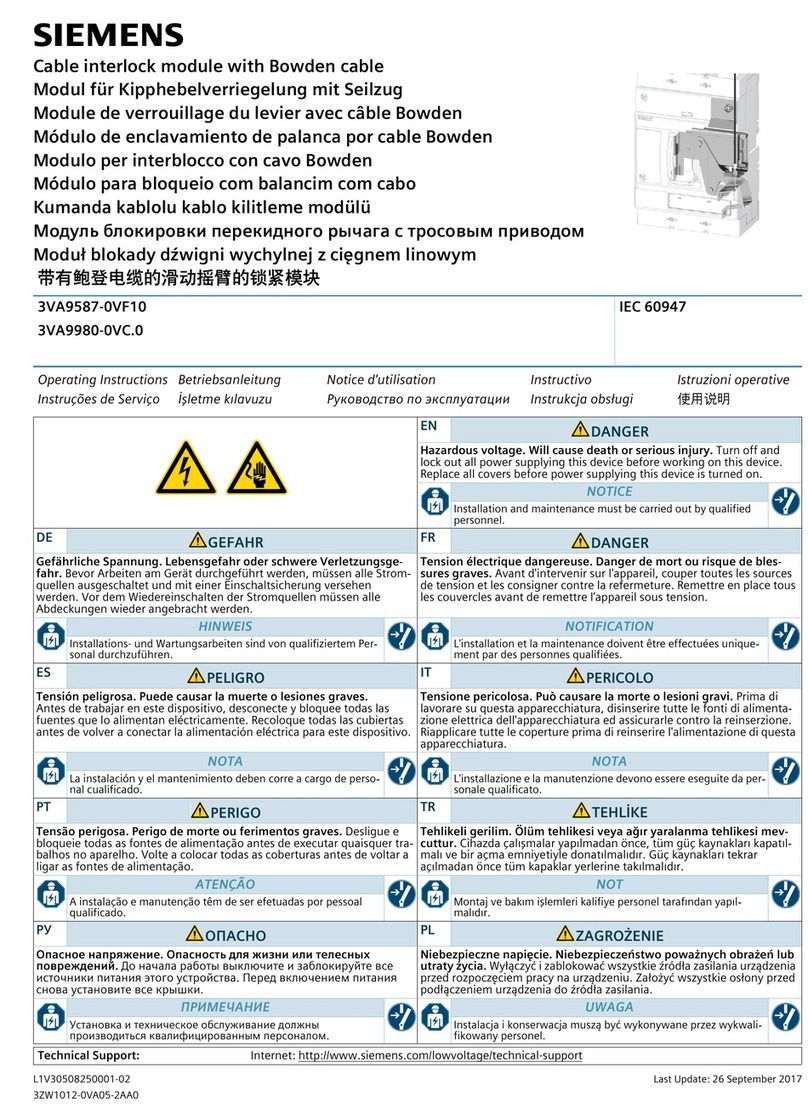
2fMRI User Guide
Important Note
This guide is for informational purposes only. Siemens does not endorse any specific third-party products that may
be mentioned in this guide. These third-party products have not been officially approved by Siemens, and have
been mentioned only as examples.
Acknowledgement
Special thanks to Paul Keselman, Dept. of Neuroscience, UCSF, for his help in writing this guide.
Table of Contents
1 PrerequisitesforRunningfMRIStudies .....................................................3
1.1 Licenses. . . . . . . . . . . . . . . . . . . . . . . . . . . . . . . . . . . . . . . . . . . . . . . . . . . . . . . . . . . . . . . . . . . . . . . . . . . .3
1.1.1 VB13A,VB15A,VB15B,VB17A .....................................................3
2 Revisiting the BOLD Effect . . . . . . . . . . . . . . . . . . . . . . . . . . . . . . . . . . . . . . . . . . . . . . . . . . . . . . . . . . . . . . . .4
3 Sequences . . . . . . . . . . . . . . . . . . . . . . . . . . . . . . . . . . . . . . . . . . . . . . . . . . . . . . . . . . . . . . . . . . . . . . . . . . . . .5
3.1 EPI sequences for BOLD imaging. . . . . . . . . . . . . . . . . . . . . . . . . . . . . . . . . . . . . . . . . . . . . . . . . . . . . . . . .5
3.2 fMRIAcquisition .....................................................................6
3.2.1 Trigger out for synchronization . . . . . . . . . . . . . . . . . . . . . . . . . . . . . . . . . . . . . . . . . . . . . . . . . . . .6
3.2.2 GatinganEPIsequence..........................................................6
3.2.3 InterleavedslicereorderinginEPI..................................................6
3.2.4 Motioncorrection ..............................................................7
3.2.5 Difference between ep2d_pace and ep2d_bold sequences. . . . . . . . . . . . . . . . . . . . . . . . . . . . . . .7
3.2.6 Analyzing data acquired using Motion Correction. . . . . . . . . . . . . . . . . . . . . . . . . . . . . . . . . . . . . .7
3.2.7 Accessing motion detection parameters . . . . . . . . . . . . . . . . . . . . . . . . . . . . . . . . . . . . . . . . . . . . .8
3.2.8 Dummyscans .................................................................8
3.2.9 Slicetiming ...................................................................9
3.2.10 Slicetimecorrection............................................................9
3.2.11 Spatial filter specifications (conversion to mm) . . . . . . . . . . . . . . . . . . . . . . . . . . . . . . . . . . . . . .10
3.2.12 Co-registrationbetweendatasets.................................................10
3.3 fMRI data analysis . . . . . . . . . . . . . . . . . . . . . . . . . . . . . . . . . . . . . . . . . . . . . . . . . . . . . . . . . . . . . . . . . . .10
4 Peripherals ...........................................................................11
4.1 Responsepad ......................................................................11
4.2 Visualstimulus .....................................................................11
4.2.1 Projector .....................................................................11
4.2.2 LCD screen . . . . . . . . . . . . . . . . . . . . . . . . . . . . . . . . . . . . . . . . . . . . . . . . . . . . . . . . . . . . . . . . . . . .12
4.3 Auditory ..........................................................................13
4.4 Eyetracker.........................................................................13
4.5 Physiological monitoring. . . . . . . . . . . . . . . . . . . . . . . . . . . . . . . . . . . . . . . . . . . . . . . . . . . . . . . . . . . . . .13
4.6 Synchronization ....................................................................14
4.7 Installingperipheraldevices...........................................................15
4.8 IdentifyingRFinterference............................................................16
4.8.1 RF noise tests. . . . . . . . . . . . . . . . . . . . . . . . . . . . . . . . . . . . . . . . . . . . . . . . . . . . . . . . . . . . . . . . . .16
5 TypicalEPIArtifacts ....................................................................17
5.1 N/2ghosting.......................................................................17
5.2 Distortion .........................................................................18
5.3 Spatial image shifts . . . . . . . . . . . . . . . . . . . . . . . . . . . . . . . . . . . . . . . . . . . . . . . . . . . . . . . . . . . . . . . . . .18
5.4 Chemical shift artifact . . . . . . . . . . . . . . . . . . . . . . . . . . . . . . . . . . . . . . . . . . . . . . . . . . . . . . . . . . . . . . . .19
6 SettingupabasicfMRIexperiment .......................................................19
6.1 Studydesign.......................................................................19
6.2 Running the study. . . . . . . . . . . . . . . . . . . . . . . . . . . . . . . . . . . . . . . . . . . . . . . . . . . . . . . . . . . . . . . . . . .20

